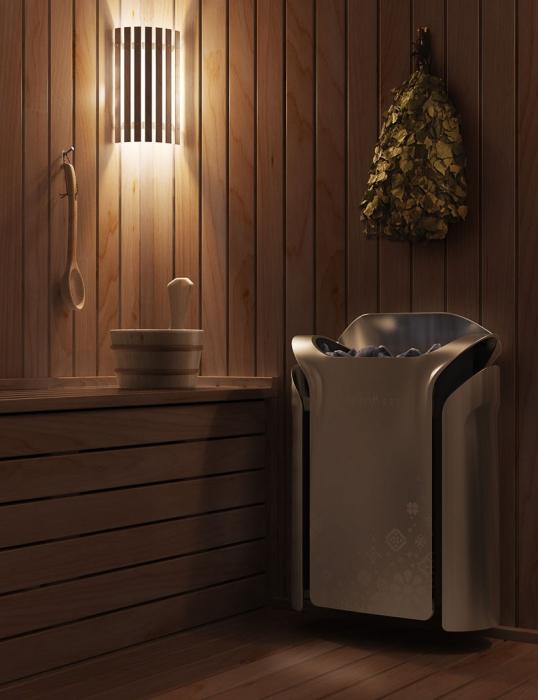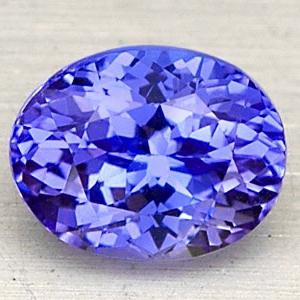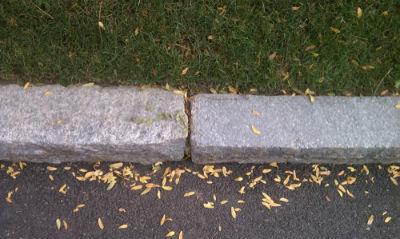Stone warm for a stove: description, characteristics, producer and types
Natural material will always be in high esteem. One of the interesting types is the stone is warm. This facing product has several undeniable advantages. But the most important of them is the preservation of ecological compatibility under the influence of high temperatures. This property allows it to be used as a cladding for floors, fireplaces, stoves.
Stone warm
This kind of material is called talcomagnesite. In its composition, the main components are, as is clear from the name, talc and magnesite. Also there is a small percentage of chlorites. The less their content, the stronger is the stone.
Talcomagnesite is called in another way this way: pottery, soap, warm stone.

Natural color can be from light todark gray. When grinding, a pattern resembling marble appears. This environmentally friendly material arose from volcanic activity. The process of formation of the rock took place not for one million years.
Sometimes a warm stone is called soochlorite. With visual similarity, these two materials differ in strength data. Talcomagnesite is characterized by a chlorite content of not more than 8%, and for talcochlorite, this figure can reach 35%. The greater the percentage of this raw material in the stone, the less stable it becomes.
Deposits, producers
In Russia, talcumagnesite andsoapstone. If the stone is mined in Karelia, it should be noted that the development of the rock is carried out with the help of subversive works, which does not improve its properties, but, on the contrary, it provokes the appearance of microcracks. Therefore, the material from these mines is not of high quality. But there are other domestic deposits, in which mining is carried out by sawing. One of the most famous Russian manufacturers is the company "Warm Stone". It has been on the market for more than 10 years. Has a wide line of fireplaces and stoves from talcomagnesite and talcochlorite.
Thalkomagnesite is also mined in Finland. It was from there that the use of a warm stone for making stoves and fireplaces came. In total there are several places in the world for this breed. Most of the deposits are located in Eastern Finland.

In the Russian market there are three producers of this country - Tulikivi, Nunnauuni and Vuoleri. They produce products of excellent quality.
As a matter of fact, at a choice of production it is requiredcarefully read the certificates and performance technology. And it is not so important, the domestic or Finnish product is purchased. The main thing is the quality of the material itself.
Characteristics of talcomagnesite
Stone warm has a number of positive properties, such as:
- Ecological compatibility. Does not emit any harmful vapors during thermal exposure.
- Withstands temperatures up to 1600 ° C. This allows it to be used for cladding fireplaces, furnaces, furnishing furnaces.
- Long-term heat retention. The higher the percentage of magnesite content in the rock, the longer the heat will be stored. In contrast to metal, the warm stone of the furnace will be heated for a long time. But it also cools at times longer. For example, if talcumagnesite is lowered into warm water for 10 minutes, it will become cold only after an hour.
- Strength. For this property is largely responsible for magnesite. The higher its percentage, the stronger the breed.
- Beautiful appearance. After grinding gets a natural pattern, similar to marble.
- Does not absorb water. Facing of this material is used for finishing saunas, swimming pools.
- Anti-slip effect. Even wet talcomagnesite does not slip.
- Medical properties. Thermal waves of a stone coincide with human waves. Therefore, our ancestors used this material for medicinal purposes. It helps to increase immunity.
- Durability. Unlike refractory bricks, warm stone has a stronger structure and can withstand even a sharp temperature drop.
Apparently, the potstone has a numberadvantages, but what about the shortcomings? This is the quality of the material. On the market next to the first-class breed are counterfeits and soapstone. Therefore, before buying, you should ask for a quality certificate to make sure that you do not get a fake.
Furnaces and fireplaces of warm stone
As already mentioned, talc magnesite possessesheat resistant properties, and is also able to accumulate heat. Therefore, the furnaces and fireplaces made of it are very popular. Warm stone can be used both as a liner and for a firebox device.
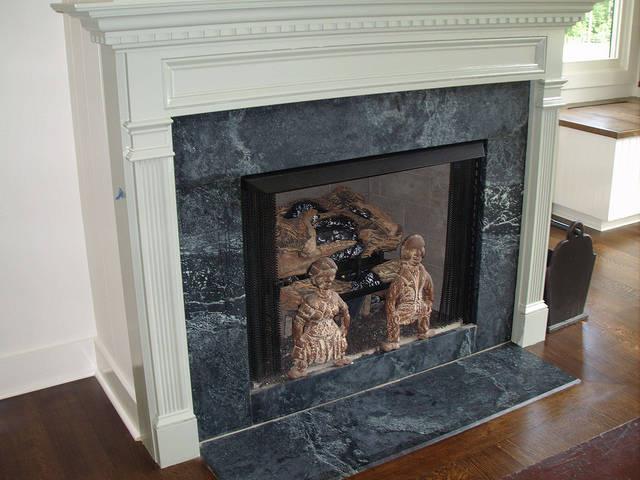
For the second, it is not recommended to use soapstone.
For the firebox, talcumagnesite is used in the form ofbars. The inner contour is laid out. Mortar for masonry is made of liquid glass and soapstone. It allows to withstand high temperatures, providing a special strength of masonry.
Most often found in the form of fireplaces facingand furnaces a warm stone. The tile of such a plan retains all the advantages of talcomagnesite. And therefore, fireplaces and stoves, finished with this material, will accumulate heat and warm the room with their wellness radiation.
Floor coverings
A warm floor is no longer a rarity in the arrangement of a house,apartments. It is used as a source of additional heating. Electric or infrared devices are more often used, which is fraught with increased energy consumption.
A warm stone for the floor is the most suitable type of lining for the construction of electrical coatings, taking into account its accumulating properties.

This will significantly save the cost ofheating. Moreover, such a floor covering does not absorb water, which increases the level of fire safety in electric floors. Has a pleasant to the touch surface.
Warm stone is a design element
Having a unique noble texture,talcomagnesite is used not only for the installation of floors, stoves, fireplaces, but also as an element of decor of verandas, stairs, separate rooms. This material has durability, resistance to chemicals. In the heat can keep cool, and in the cold, when using fireplaces and stoves, long keeps the heat.
This stone is also used in artistic cutting, performing remarkable decorative elements.
Talcumagnesite or soapstone?
Very often, these two names of different breeds are perceived as one and the same material. In fact, they differ in their characteristics and price.

Talcochlorite is cheaper by 20-30%. But its strength, fire-resistant qualities are lower than that of talcomagnesite. It can be used for flooring, as an element of decor, even as a liner. But talkomagnesite can be used for masonry furnaces, facing wet rooms, stoves, fireplaces. This material is a quality long-lived man.
Reviews
The main battles wereproducer and quality of talcumagnesite, talcochlorite. Many say that domestic companies sell low quality warm stone. The reviews are based on numerous marketing "chips" from a foreign manufacturer. Finnish warm stone, according to users, is distinguished by its durability and quality, but the price, accordingly, is much higher.
According to the production technology that Finnish, that Russian stoves and fireplaces can be in different designs.
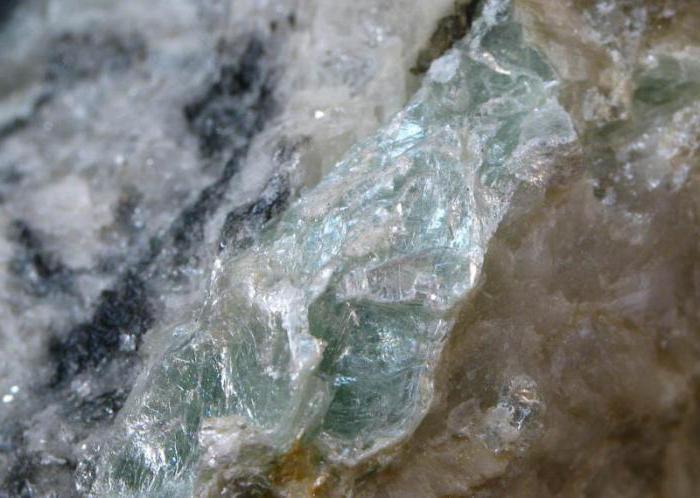
Warm stone is a unique natural material. At purchase it is necessary to concern attentively to certificates and responses of clients. The cost of the original is always higher than forgery. Buying real talcumagnesite, you get an additional source of health.
